The 500-odd farmers of Gurha Kumawatan, a village in arid Rajasthan, are now millionaires thanks to polyhouse farming. Their hard work, innovation and unlimited ambition offers a path to prosperity for others in India.
Agri Stack is a governance model that promises to bring inclusivity and transparency in agriculture, like Aadhaar did for direct benefit transfer in distribution of welfare schemes.
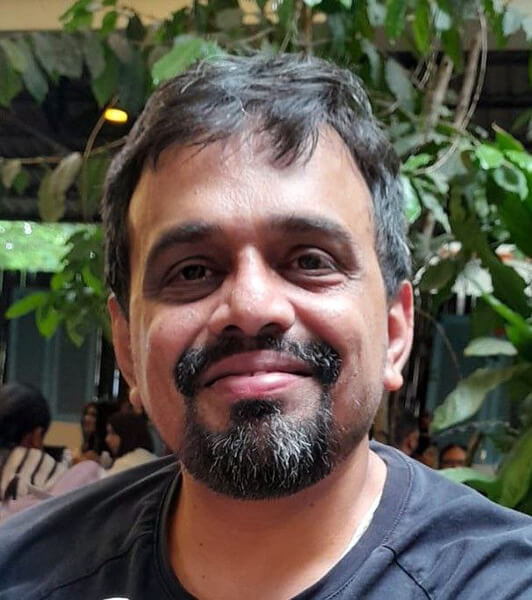 Kunal Talgeri
Kunal Talgeri 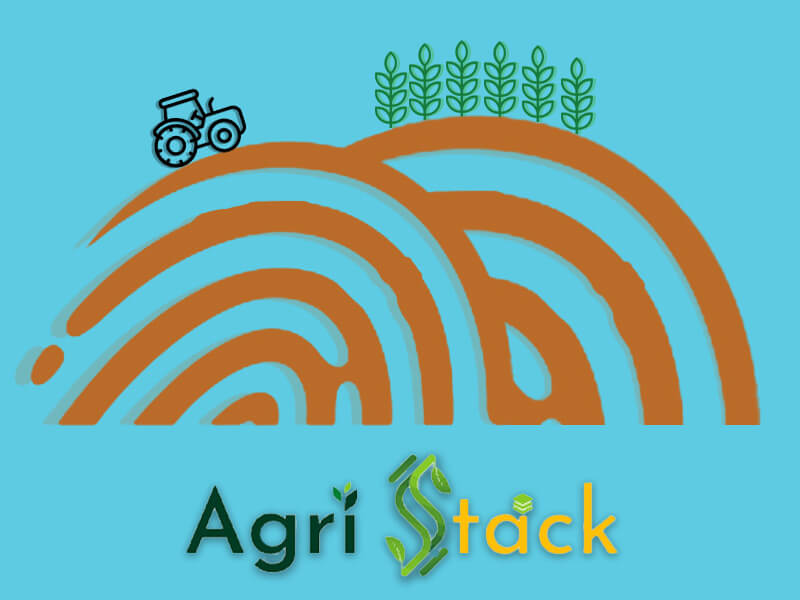
The Pradhan Mantri Kisan Samman Nidhi, or PM Kisan scheme, is the largest welfare programme for farmers in India. All landholding farmers, irrespective of the size of their holding, get an income support of Rs 6,000 per year – transferred in three equal instalments – into their bank accounts.
Since its introduction in February 2019, the union government has transferred funds to the tune of Rs 2.81 lakh crore ($33.58 billion) through direct benefit transfer (DBT) to 110 million farmers and it costs the government Rs 60,000 crore annually.
PM Kisan is undoubtedly the flagship government scheme to act as a salve for India’s farmers under chronic economic distress.
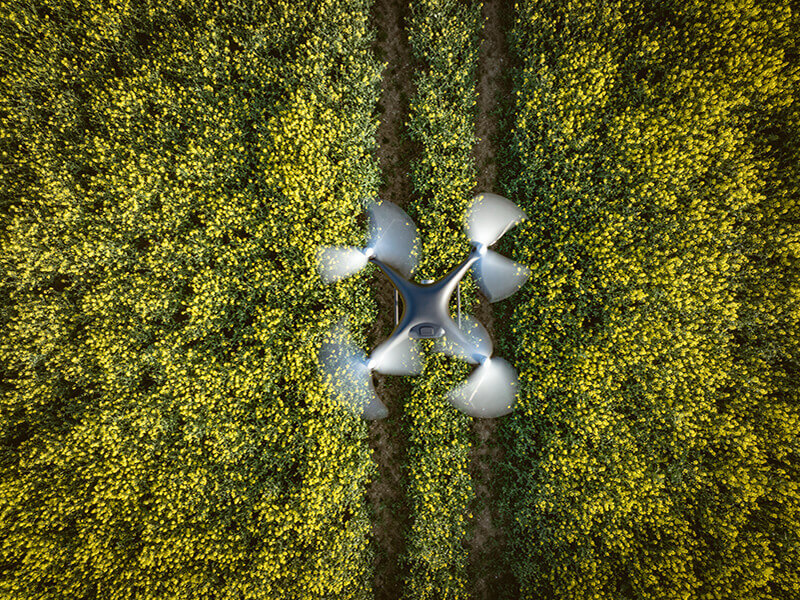
After all, nearly 75% of Indian farmers own less than one hectare of land – barely the size of a cricket field. The average monthly income of an Indian farming household, according to the latest government data, is Rs 10,218. That roughly translates to Rs 340 a day, at par with daily wages unskilled labourers in many states get under the Mahatma Gandhi National Rural Employment Guarantee Act (MGNREGA).
Data deficiency
But the design of PM Kisan raises some fundamental questions. Is the government accurately counting the number of landholding farmers? While 110 million farmers benefit from the scheme, the government’s own estimate of farmers vary wildly. The 2015-16 Agriculture Census pegs the number at 146.45 million. The National Statistical Office (NSO) claims there are about 90 million agriculture households in India.
In short, we simply do not know how many farmers there are or indeed how many of them own a piece of farmland.
While the Indian agri sector employs roughly half the country’s workforce and accounts for less than 20% of the economy, there is very little or reliable statistics for policymakers to go by. For instance, state and central governments have patchy information about say the farmers’ intention of sowing onions or tomatoes at the start of a season. The wild price swings of such key commodities is partly a result of poor understanding of the supply.
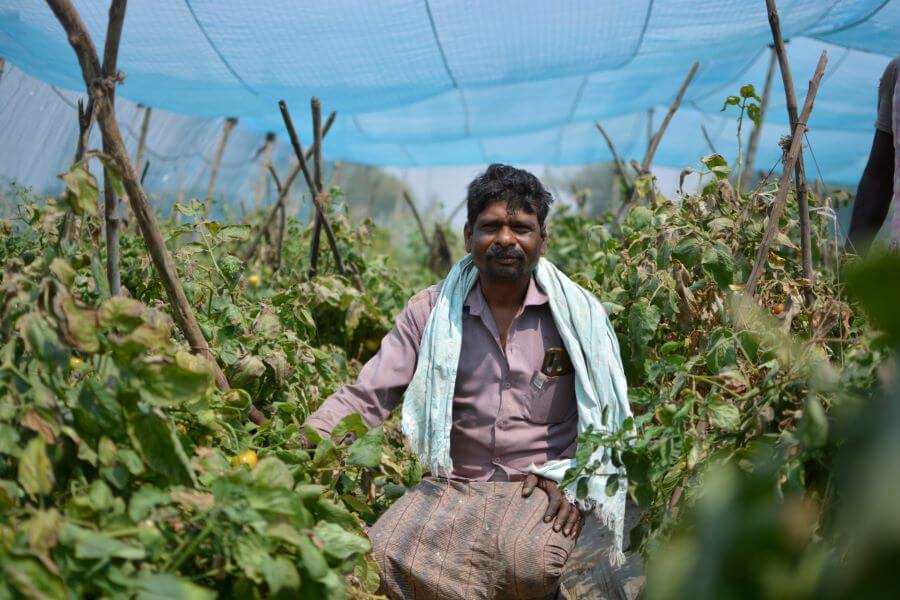
In a primitive supply-chain market like India, farmers often choose to grow a lot more of a crop if its prices were high in the past season. If millions of farmers decided to grow tomatoes over brinjal because tomato prices were sky high, there would be a glut of tomatoes in the markets, and inevitably the prices would crash.
The absence of data at every part of the farm-to-plate chain keeps this sector inefficient.
The kisan JAM
This is where Agri Stack may help.
Agri Stack is a public-private partnership that’s trying to create a digital foundation to improve agriculture in India and enable better outcomes for the farmers by using data and digital services.
Much like the IndiaStack based on Jan Dhan accounts (zero balance universal bank accounts), Aadhaar card based identification and mobile connectivity – often called the JAM trinity – helped in financial inclusion and targeted delivery of welfare schemes, the government hopes that the Agri Stack can do the same for India’s farmers.
Its first task is to build a real-time digital farmers registry and digitized village maps just to be able to know the number of farm holdings.
In computer parlance, a “stack” refers to a set of software infrastructure, tools and applications that software developers can use to build and innovate. The Agri Stack has been envisaged as a set of open digital infrastructure and tools that government, industry, and start-ups can use to build solutions for agriculture.
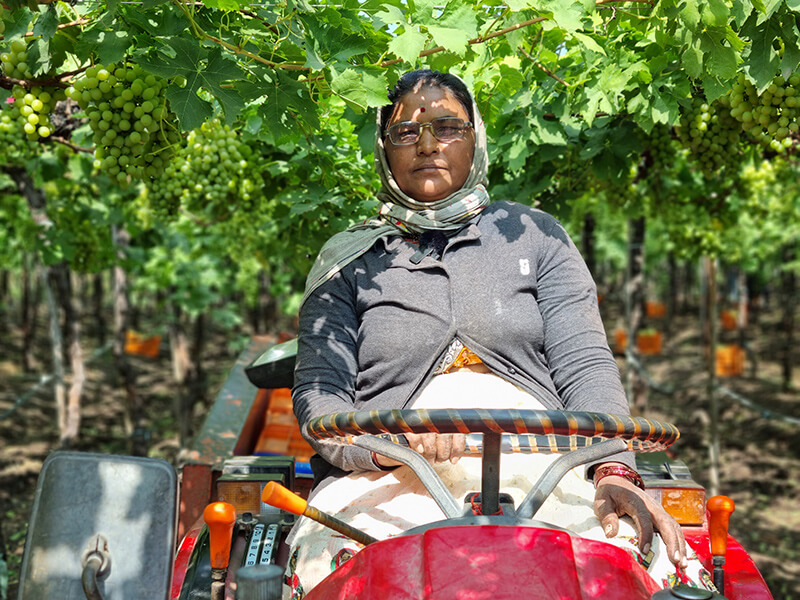
In the 2023 Union Budget, the government announced the implementation of this digital reform to bring greater transparency and accountability in agriculture. “This (digital public infrastructure for agriculture) will enable inclusive, farmer-centric solutions through relevant information services for crop planning and health, improved access to farm inputs, credit, and insurance, help for crop estimation, market intelligence, and support for growth of agri-tech industry and start-ups,” said Nirmala Sitharaman, Union Finance Minister in her 2023 Budget speech.
Before we examine the progress of Agri Stack in its first year, it is important to analyze the three reasons why it is necessary for India.
1. Better targeting of subsidies
In 2022-23, agriculture accounted for 2.8% of India’s Union Budget. The Budgetary Expenditure towards farmers’ welfare was Rs 1.25 lakh-crore, 77% of which is allocated for welfare schemes like PM Kisan, according to this PRS Legislative Research analysis.
According to the Doubling Farmers’ Income (DFI) Committee, headed by Ashok Dalwai, subsidies in 2015-16 on inputs like fertilizers, water, power, and procurements linked to minimum support price (MSP) were Rs 243,811 crore. The corresponding figure in 1990-91 was Rs 12,158 crore – the subsidies on agricultural inputs had grown 20 times in 25 years.
Given the size of the subsidies, the Committee recommended that farmers’ welfare needs to be measured based on the following indicators: both absolute and relative average income; availability and accessibility to social security system – education, health, etc.; and facilitating the farmer in moving up the need hierarchy beyond social hierarchy.
Once the farmers’ income and input management (on fertilizers, water, etc.) is established in a dynamic digital database, the subsidies and welfare programmes can be better targeted at those who actually need it. This is what Sitharaman alluded to in the Budget speech when she spells out relevant information services for crop planning and health, and improved access to farm inputs.
Already, the Economic Survey 2023-24, released on July 22, 2024, states the government’s ambitious plan to distribute the fertilizer subsidy using Agri Stack. “This will ensure that subsidized fertilizers are sold to only those identified as farmers or authorized by the farmer, and the quantity of subsidized fertilizer is fixed based on parameters such as land ownership and prominent crops of the district (comprising at least 70% of sown area in a season),” according to the latest Economic Survey. In 2023-24, the union government budgeted Rs 1.75 lakh-crore for fertilizer subsidies, which was 66% greater than the budget estimates in the previous fiscal year.
2. Better access to farm credit
Based on ground experience, companies like Samunnati have seen a spate of issues that farmers and banks face with respect to agricultural finance. Samunnati works with farmer-producer organizations (FPO), a collective of ten or more farmers that can be run as a private sector company, to help them source inputs at lower costs, find the best markets for their produce, and get financing from banks and non-banking financial institutions.
“Almost 50% of the time, a loan gets rejected for a valid farmer and a valid land because the bank cannot establish ownership in the documentation,” says Raj Vallabhaneni, former CTO of Samunnati, and Founder-CEO of Kalgudi Digital, a software start-up in agriculture. Banks find it hard to gauge the farmer’s repayment record, his farmland, what crops he grows, and their sales potential. In this context, a farmers database will smoothen out lending services in agriculture for banking, financial services and insurance sectors.
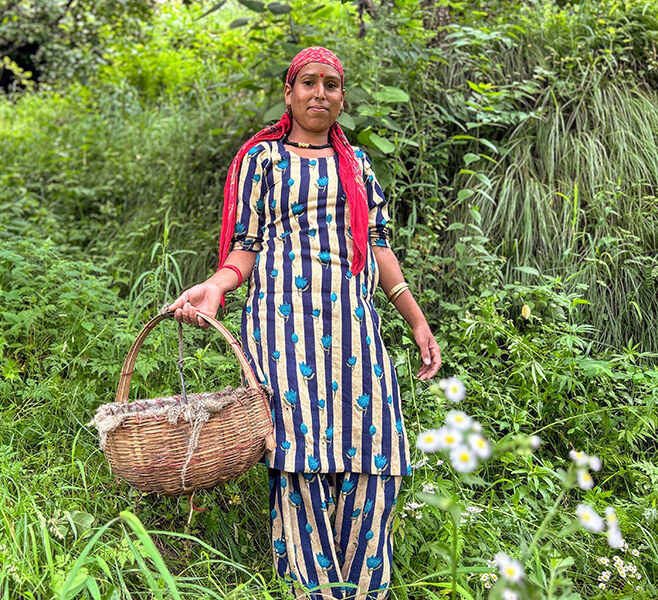
Further, large procurers of agri produce will find it easier to do contract farming, Vallabhaneni notes. Indian agriculture is dominated by farmers with small landholdings, which makes it difficult for the private sector in contract farming to assess which farmer owns what tract of land. With the database, the time taken for transactions can be reduced to the mutual benefit of the farmer and agri-foods company that wants to do contract farming.
Without the database, a large number of farmers don’t get access to formal credit, leaving them with the option of turning to moneylenders or the black/ cash economy. This is also why most farmers are excluded from the welfare schemes – they don’t have updated land records to establish their ownership of a farm. And by definition, a farmer in India must own a piece of land. It leads us to the third reason for the farmers’ database: identity.
3. A better definition of ‘farmer’
There are various combinations of problems related to information about a farmer. For one, there is no standard definition, except that a farmer is a farmer if he or she owns a piece of land. The open-endedness of this definition has led to a maze of incomplete information about farmers, which has been further complicated by migration.
“We have a peculiar situation where we have more moonlighting farmers than full-time farmers,” says Venky Ramachandran, an agritech analyst who runs Agribusiness Matters, a newsletter. The average profile of a farmer could be somebody who is working in another part of the country as a migrant labourer or a cab driver, Ramachandran explains. “He would depend on his family to take care of the farm, returning during the season to become part of the activity,” he adds.
Who exactly is a farmer?
Another, crueller aspect of identity in agriculture concerns the cultivator on India’s farms – a tenant farmer or contract farmer who doesn’t own land, but works on farms through the year. Currently, such cultivators – estimated to be more than 100 million people – borrow money from the informal economy to purchase inputs and work as full-time farmers. Yet, they are not recognized by the laws of India.
While the Agri Stack cannot solve the problem, the union and state governments can through legislative changes. If and when that happens, cultivators can apply for welfare schemes, working capital and credit based on their credentials in the farmers registry.
According to Rajeev Chawla, strategic advisor and chief knowledge officer in the union ministry of agriculture and farmer welfare: India has roughly 170-180 million land owning farmers with approximately 850 million parcels of land. So, each farmer owns on average five parcels of land. “If you talk about landless farmers, cultivators and tenants — India has 100 million,” he added, at a fintech event in Mumbai in September 2023.
In 2018, the DFI Committee too called for a legislative review to include cultivators or tenanted farmers.
The DFI Committee points out that a large number of government schemes and programmes become eligible to farmers based on their land ownership certificate. This tends to exclude the landless cultivator, fishermen, nomadic farmers and livestock rearers . To make the condition of farmers better, “they also must be recognized as farmers and rendered eligible to all the benefits under various schemes, programmes, missions, as also institutional credit and relief measures,” the Committee notes.
The question is, can the Agri Stack do to agriculture what Aadhaar has done for the direct benefit transfer in the past decade? To answer that, let’s first understand what the Agri Stack will look like.
Contours of Agri Stack
In the first phase of Agri Stack, the union government is working with 12 state governments to build the farmers registry. The states are Uttar Pradesh, Gujarat, Assam, Odisha, Kerala, Madhya Pradesh, Maharashtra, Rajasthan, Tamil Nadu, Telangana, Karnataka, Andhra Pradesh. Most recently, Chhattisgarh has begun to digitize the information related to farmers and landholdings for Agri Stack.
The governments have undertaken to create a Farmers Registry for their respective states. It entails granting farmers of each state a Unified Farmers Service Interface (UFSI) number.
The information farmers share (backed by their land records) will help establish each of their details such as personal particulars (name, gender, age), details related to land and location, crop, health of soil, and benefits they are availing. Accordingly, a Unified Farmers Service Interface (UFSI) number/ code will be assigned to map each farmer on the farmers registry.
The farmers registry system will help government or bank officials determine the identity of farmers, the size and location of their holdings, and what crops they are growing where.
The core registries of Agri Stack will thus be the farmer registry, the geo-referenced village maps, and the crops sown registry.
“In a couple of years, Agri Stack can do to farmers what Aadhaar did for beneficiaries (of the direct benefit transfer schemes),” Chawla told entrepreneurs at the fintech fest in Mumbai in September 2023.
The Aadhaar Way
The first unique ID or Aadhaar ID was generated in 2010, and the Unique Identity Authority of India (UIDAI) has covered more than 97% of residents in India over 14 years.
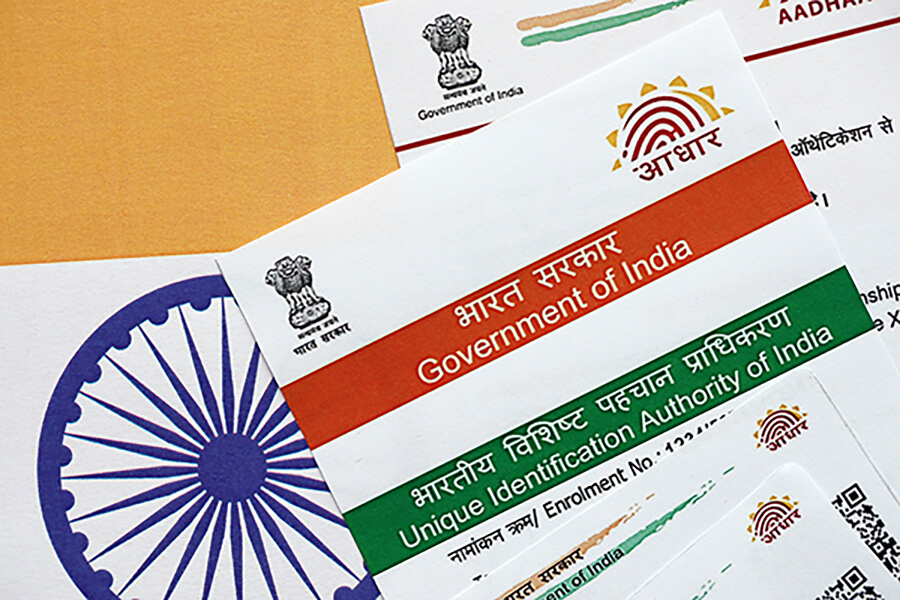
In 2012, the union government led by the Unified Progressive Alliance introduced the direct benefit transfer. It aimed to transfer benefits and subsidies directly into the bank or postal accounts of beneficiaries. Citizens were incentivized to link their bank accounts with their Aadhaar IDs because it could smoothen the authentication process. For government officials, Aadhaar-seeded bank accounts meant they could accurately target beneficiaries with the subsidies they were entitled to.
At the time, the problem facing India was that banks hadn’t gone deep enough into rural India, even as Aadhaar enrolment was growing at a faster clip. To solve this, the union government introduced the Jan Dhan Yojana in 2014 to ensure every household gets access to a bank account, a debit card, and up to Rs 10,000 overdraft facility from the banks.
The Jan Dhan Yojana is the largest financial inclusion programme in the world. It also completed the two elements required for electronic delivery of subsidies through DBT. One, Aadhaar to identify a beneficiary correctly, and, two, the bank account to ensure the money reaches the intended recipient. “Once the Aadhaar number is added to the database of all social welfare recipients, the government can accurately identify these individuals,” wrote Nandan Nilekani, referring to the electronic payments system in DBT in Rebooting India (2015).
“On the other side, linking a person’s bank account with their Aadhaar number makes it possible to reliably verify the identity of the account holder. Aadhaar now serves as a link between the government and the people, making it easy both for the authorities to transfer payments to the correct individual’s bank account, as well as for people to easily withdraw money using Aadhaar to authenticate their identity.”
For the Agri Stack, what is needed now is to establish the core registries, just as Aadhaar has done.
In the Union Budget 2024-25, the government announced a time frame of three years for coverage of all farmers and their lands. To achieve this, it has launched a digital crop survey in the kharif season in 400 districts. “The details of 6 crore farmers and their lands will be brought into the farmers’ and lands’ registries,” Sitharaman said on Tuesday.
Already, the PM KISAN scheme has helped onboard 110 million farmers. “These beneficiaries can enroll for their farmer ID – the process is similar to how citizens apply for their Aadhaar number,” said a source in the agriculture ministry, who requested anonymity. The Agri Stack will then automatically link the farmer ID against the farmer’s name in the PM KISAN database.
“If the central government digitises the land records successfully, they would have solved 80% of the problem,” says Krishna Kumar, Co-founder and CEO of Cropin Technology Solutions, a farm intelligence start-up. “You are then able to provide advisory services, and bring financial inclusion.” But this in itself is a huge ask. “When you roll out a digital mission of this scale for farmers, there are many complexities and moving parts,” he adds.
For instance, land boundaries and crops history have to be established, and the data resolution harmonized across states, right down to the district and village levels. This brings in the complexities. For instance, while the land is constant, its ownership and crops sowing patterns change. So, the farm and crops sown registries will need to be live, and constantly updated.
The good news is the government hasn’t taken up such a massive and multi-year project alone. With Agri Stack’s open framework, the private sector has a role to play in the design and implementation from the get-go.
“Even if the central government builds out a national crops dashboard as a base platform, it can share that infrastructure with state governments to build on top of it,” Kumar says. “It can then scientifically build budgetary estimates based on that data.”
For financial credit to farmers, banks need three pieces of information about the farmer: whether a land belongs to a farmer or not, his repayment record, and his crop outlook.
The harder piece of universal banking has been solved for financial inclusion thanks to the Jan Dhan scheme. So, the Agri Stack is well placed to ensure the targeted delivery of agriculture input subsidies, and even become the de facto database because of which farmers can get working capital loans or long-term credit.
Without Aadhaar to ensure farmers’ identity, and the Jan Dhan scheme for Aadhaar seeding of the bank accounts, the government wouldn’t have been in this position of strength. But in terms of sheer impact on the economy, the Agri Stack is perhaps an even more important digital mission than Aadhaar – it will formalize Indian agriculture.
The 500-odd farmers of Gurha Kumawatan, a village in arid Rajasthan, are now millionaires thanks to polyhouse farming. Their hard work, innovation and unlimited ambition offers a path to prosperity for others in India.